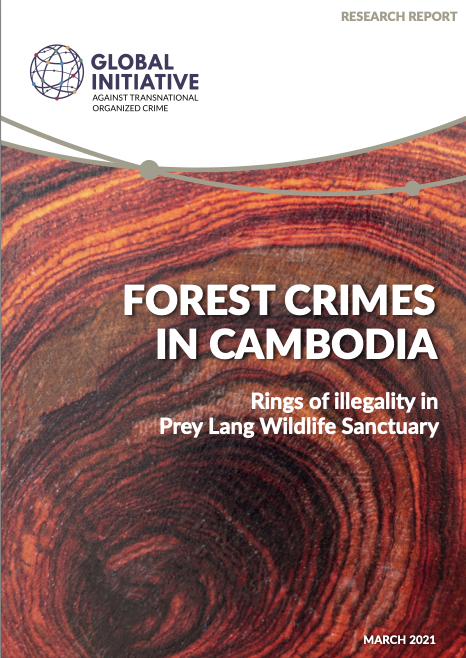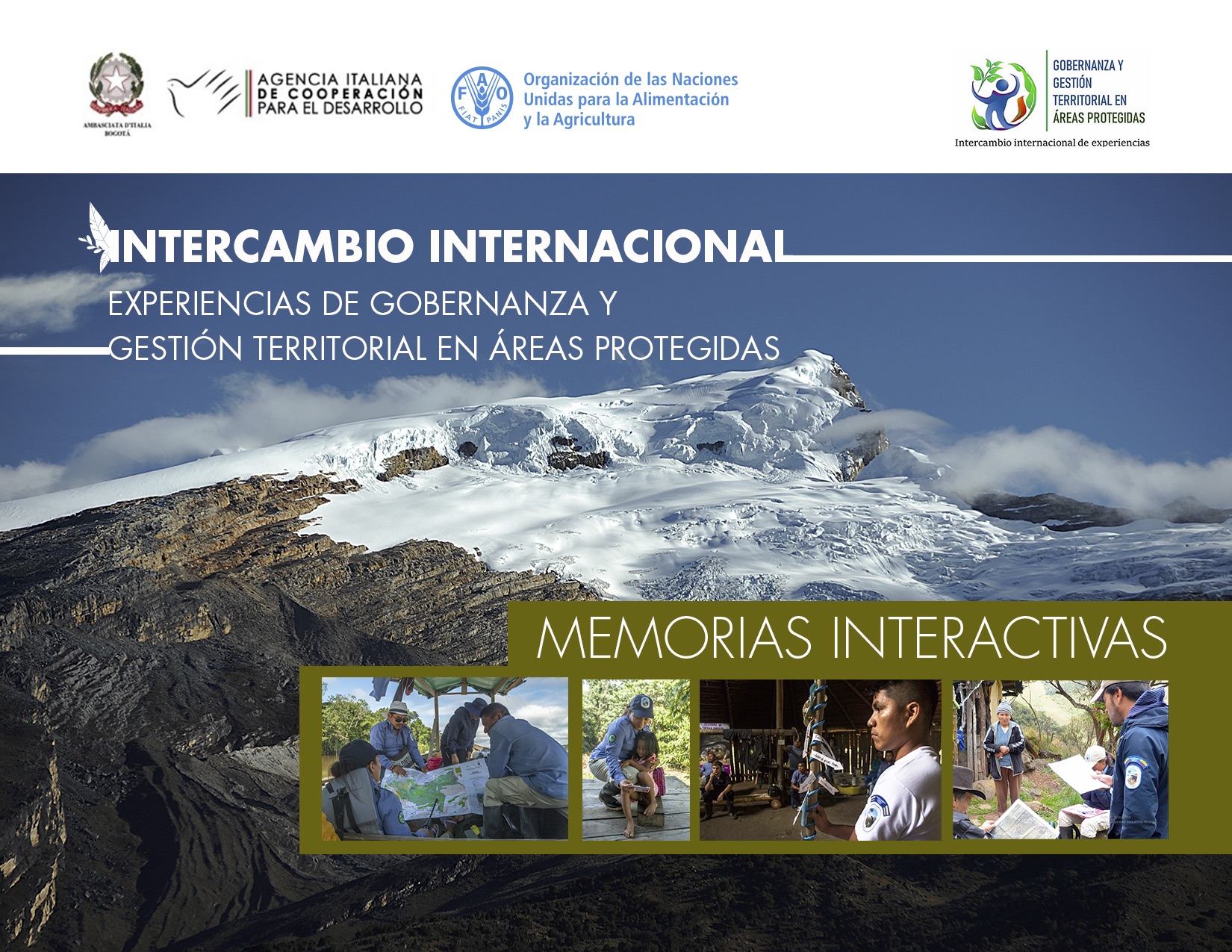Forest Crimes in Cambodia
Cambodia has suffered some of the highest rates of deforestation (measured as a percentage of forest cover) of any country since the 1970s – and rates have been increasing significantly in the past decade. Even the country’s so-called protected areas have been severely impacted, despite supposedly being safeguarded under Cambodian law.
Global Forest Watch estimated that between 2001 and 2018, Cambodia had lost 557 000 hectares of tree cover in protected areas, representing an 11.7% loss of the total protected area.





